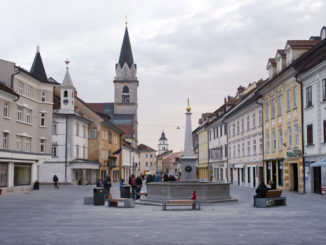
Cities in developing countries are predominantly informal. Communities self‐construct their dwellings and adapt them to the needs quicker and better than any formal housing program. However, informal settlements are incomplete and unsustainable forms of urbanization, frequently lacking basic services, such as water supply, sanitation, accessibility, education, health, and amenities. This is the case of Hopley Farms in the city of Harare, Zimbabwe. Hopley Farms is a community of over 25,000 inhabitants which began to occupy an area of south Harare in 2007 after informal residents of the central city were forcefully evicted by the Zimbabwean Government. With the fear, anger and feeling of profound loss, they forcefully re‐initiated life in this new location.

The project introduces the concept of Informal Landscape Armatures as a design method that provides dwellers with those that they cannot achieve on their own. The landscape armature bundles ecological, social, economic, infrastructural, water‐management, and agricultural conditions. Through the establishment of this landscape framework, settlements elevate out of a state of submission in which they usually remain in relation to the formal city in relatively short periods of time. Moroever, this strategy is a pre‐emptive approach on informal growth by inserting the necessary socio‐economic and ecological amenities for new and existing areas.

Hopley Farms is traversed by a “dambo”, a local word that refers to shallow wetlands. The dambos are extremely important for the ecological balance of the city since they allow recharging of the aquifer and drain rainwater to Lake Chivero, Harare’s main water supply. Currently, dambos are encroached by subsistence agriculture altering their ecological functions. Therefore, protection of these dambos is essential, and a need to rely on other water sources becomes important for the environment, the community and for the future of the city as a whole. The project addresses three main issues affecting Harare and informal settlements like Hopley Farms:
‐ Hutano (Health): Malaria and Cholera are the two deadliest diseases in Harare after HIV, all having poor water management as their source.
‐ Mvura (Water): The water table in Harare has dropped to twice its depth in the last ten years, making it harder for informal settlements to tap it and highlighting the need for alternative water sources beyond dambos.
‐ Miti (Vegetation and Agriculture): Harare has lost most of its woodland acreage, revealing a need for reforestation and cultivation in sustainable ways.

In an area like Hopley Farms where children have no shoes and there is a lack of amenities and socialspaces, “how” to design becomes just as important as “what” to design. Therefore, the project is about the essential and the humane, where soft infrastructure becomes social infrastructure. Through interventions that will have compelling and immediate impacts, the project seeks to educate and inspire the dwellers of Hopley Farms. These include: places of socialization and exchange, multiscalar options of rainwater harvesting, and a cooperative agroforestry system to green and feed Hopley Farms, all of which will contribute to create a balanced and robust community.

The landscape design strategy relies on simplicity; design moves that stem from existing site conditions and offer the benefits for a growing community:
a) Social hubs as points of social encounter, defined by crossings of existing paths. These include the presence of wells and communal cisterns, open air laundry areas, schools, clinics, sport fields and other programs that the community needs.
b) The introduction of rainwater harvesting as a water source. Harare’s climate offers a potential to tap this resource and eliminate the dependency on one water source and help protect the dambos.
c) Communal and family agroforestry, organized in cultivation bands which include, hubs for education and job opportunities for residents through a multi‐scale agriculture co‐op. Agriculture species are selected for being indigenous and for their water needs and traditional rain‐fed irrigation as exhibited in Harare.


These design moves go beyond the spatial. They strive to educate the existing and future residents of Hopley Farms. Social hubs provide assistance by educating residents on how to harvest rainwater, how to become part of the agriculture cooperative, and how to improve their homes so as to take advantage of the climate. Therefore, through simple moves that relate water and vegetation, a new healthier community is created by providing the spaces where it can socially interact and learn.


STUDENT | Future Hopley: Hutano, Mvura, Miti | Leonardo Robleto Costante
Image and Text Credit | Leonardo Robleto Costante
School | University of Pennsylvania



Comments are closed.